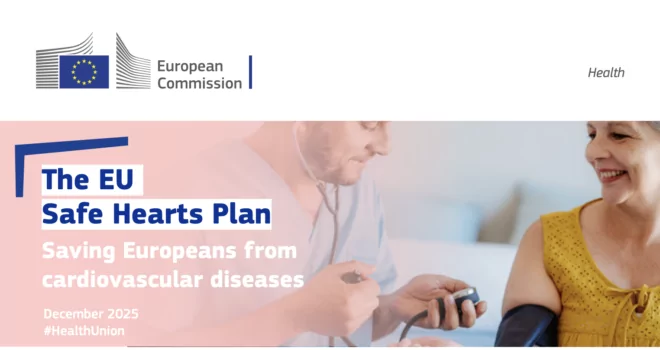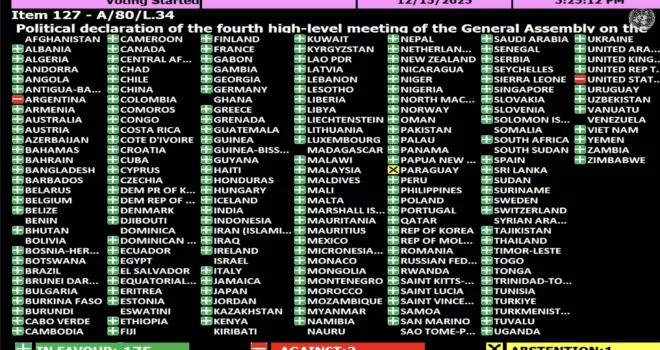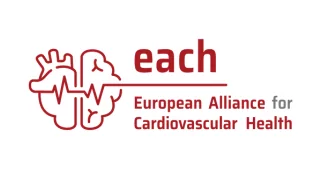Health experts concluded a two-day World Heart Summit in Geneva on 21-22 May 2022, convened by the World Heart Federation (WHF), and urged greater efforts by all sectors to reduce cardiovascular disease, which, despite being largely preventable, claims the lives of more than 18 million people every year.
“In all of your work, prioritise initiatives that promote equitable access to health promotion and essential cardiovascular health services,” said Professor Fausto Pinto, President of the World Heart Federation (WHF) in closing the Summit, which was attended by more than 300 participants from health ministries, patient organizations, pharmaceutical companies, physicians’ groups, academic institutions and WHF Members across the world.
Rich and poor countries alike face barriers to cardiovascular health. Low awareness and lack of education are among the many reasons for the disturbing trends. Insufficient physical activity, consumption of food and drink lacking in nutritive value, tobacco use, and unmanaged high blood pressure are also leading risk factors. Gaps in medical infrastructure and in health workforce systems combined with the stark inequality in access to care in low- to middle-income countries (LMICs) and in vulnerable communities in rich countries are compounding the problem. Cardiovascular disease affects men and women although symptoms might manifest differently. While trends in all countries show a high rate of cardiovascular disease, more than 75% of deaths occur in LMICs.
While the Summit laid bare many challenges, panelists representing sectors that have an impact on health also discussed initiatives and progress to change the policies, financing, education, and other mechanisms to turn the tide. Many reflected on the COVID-19 pandemic and the acceleration of telemedicine to reach patients. The penetration of digital health services will be another priority area to make healthcare access equitable and reduce cardiovascular mortality, disease and disability.
In closing the Summit, Professor Pinto said that “a clear vision, coupled with bolder policy and financial commitments, calls for a society-wide, government-wide approach in which everyone has a part to play. The imminent launch of the World Heart Vision 2030 by WHF will show ambitious, achievable steps for furthering work with key sectors and policymakers, drawing on intersectoral partnerships and requiring better listening to patients and patient groups.”
The recently launched World Heart Observatory is another significant source of curated data and knowledge to guide policy-setting for cardiovascular health. The portal is a support and decision-making tool, for example, showing that 13 times more women die of CVD than breast cancer, that 80% of the world’s 1.3 billion tobacco users live in low- and middle-income countries and that 1 in 3 CVD-related deaths in South-East Asia are caused by air pollution.
“We want to reach those who allocate resources and make decisions that determine the health and well-being of their populations. We must think of health costs as health investments that avert treatments and management complications, and improve the quality of life of populations everywhere,” said Professor Pinto.


